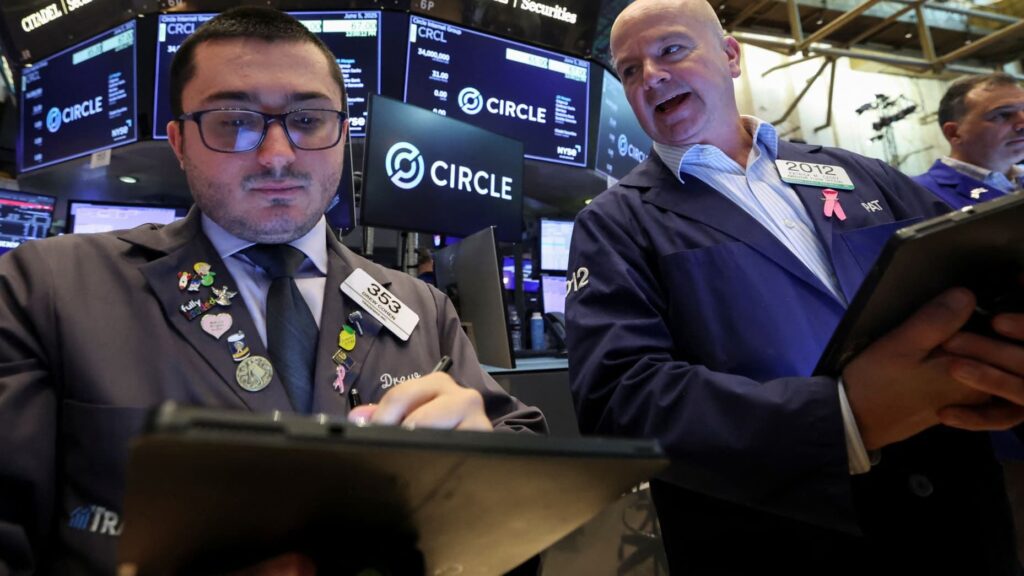By Brian Evans, Alex Harring

The S&P 500 ended the session near the flatline on Wednesday as investors watched to see if the benchmark index could return to its all-time high.
- S&P 500: 6,092.16 (little changed)
- Nasdaq Composite: +0.31%, closing at 19,973.55
- Dow Jones Industrial Average: –106.59 points (–0.25%), closing at 42,982.43
Shares of artificial intelligence leader Nvidia gained 4.3% after reaching a record high. Meanwhile, Alphabet and AMDrose 2.3% and 3.6%, respectively.
The S&P 500 is now less than 1% below its intraday record of 6,147.43 (Feb. 19), and within reach of its closing all-time high of 6,144.15. The Nasdaq is similarly just over 1% away from its all-time peak.
Market Momentum
The week has seen over a 2% increase in the S&P 500, fueled by easing geopolitical tensions. A tamer-than-expected response from Iran following U.S. attacks and a ceasefire announcement by President Donald Trump have helped calm investor fears of oil supply disruption.
Global Outlook
With the ceasefire holding—albeit shakily—between Iran and Israel, optimism has returned to markets. Both nations have accused the other of violations, but the overall tone remains cautiously hopeful.
“There is a battle in the markets between some of the secular tailwinds, which should positively impact asset prices long term (AI, robotics, crypto, and many other technological innovations), and the cyclical headwinds of possible policy missteps,” said Leah Bennett, Chief Investment Strategist at Concurrent Asset Management. “The former seems to be winning today.”
Earlier this year, the S&P 500 had dipped over 20% from its high, as investors worried rising U.S. tariffs might tip the global economy into a recession. But recent labor and inflation data have proven resilient in the face of those concerns.
Economic Snapshot
Elsewhere, new U.S. home sales came in at their slowest pace since October 2024, showing some softness in housing demand.
Read on CNBC.





